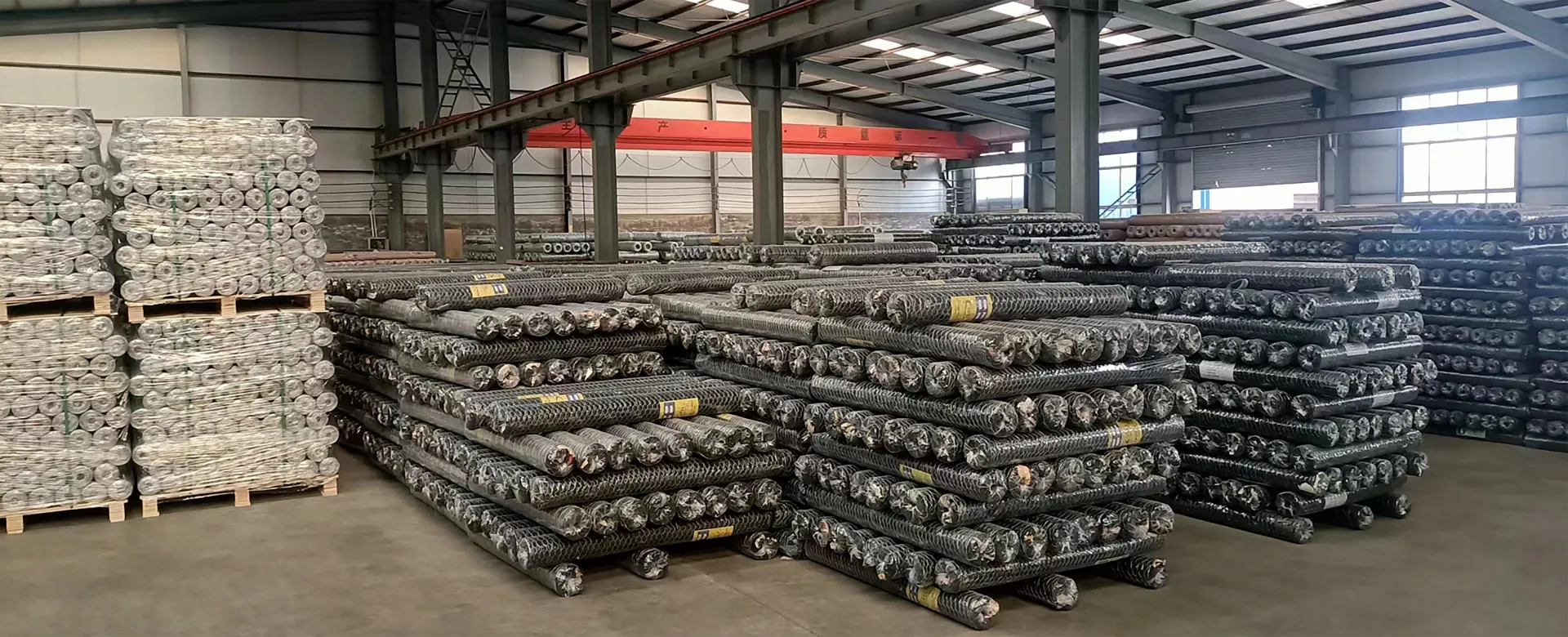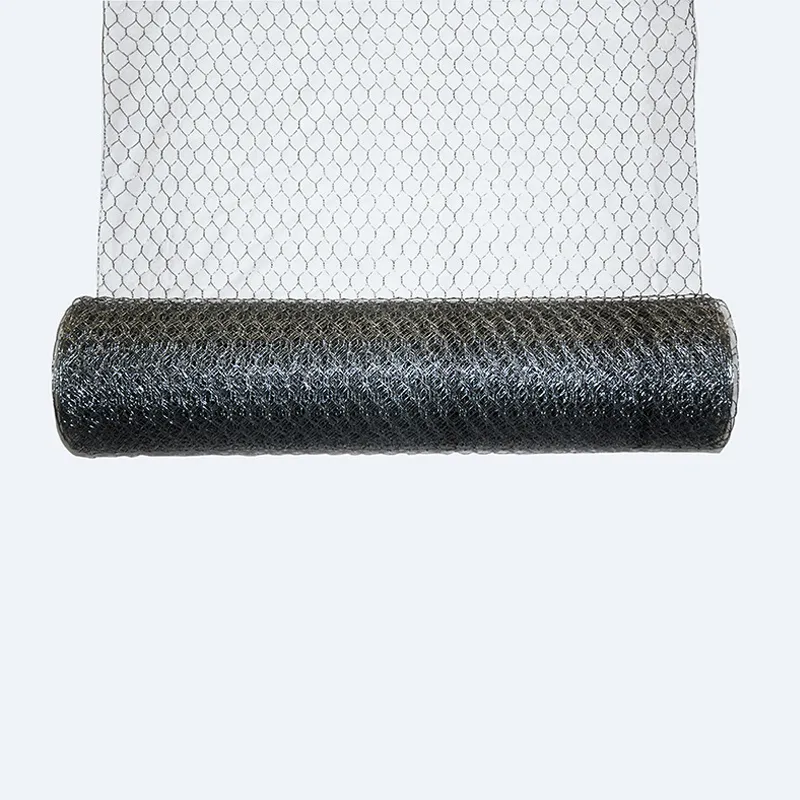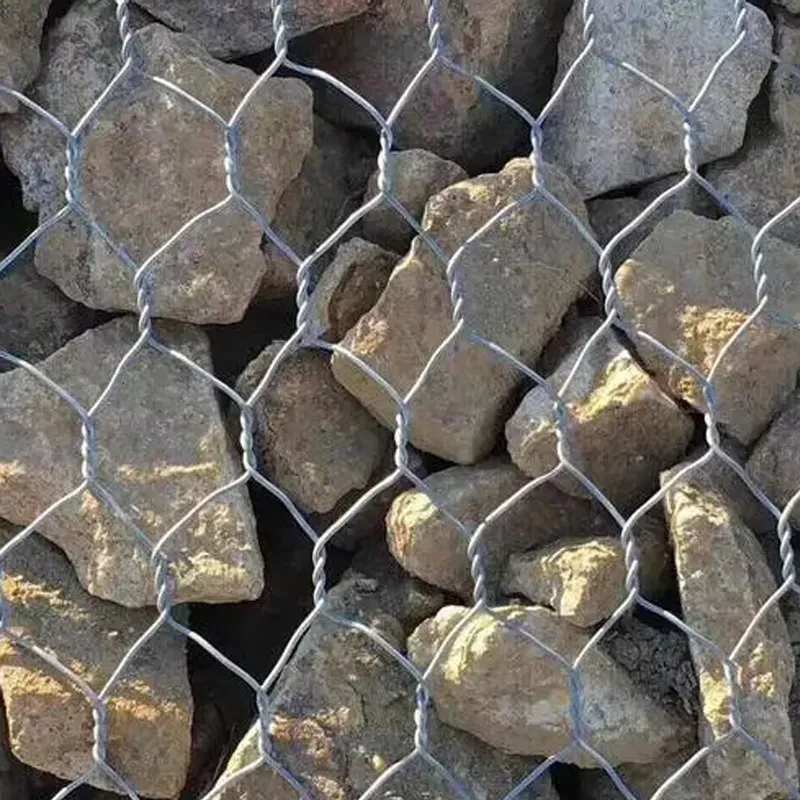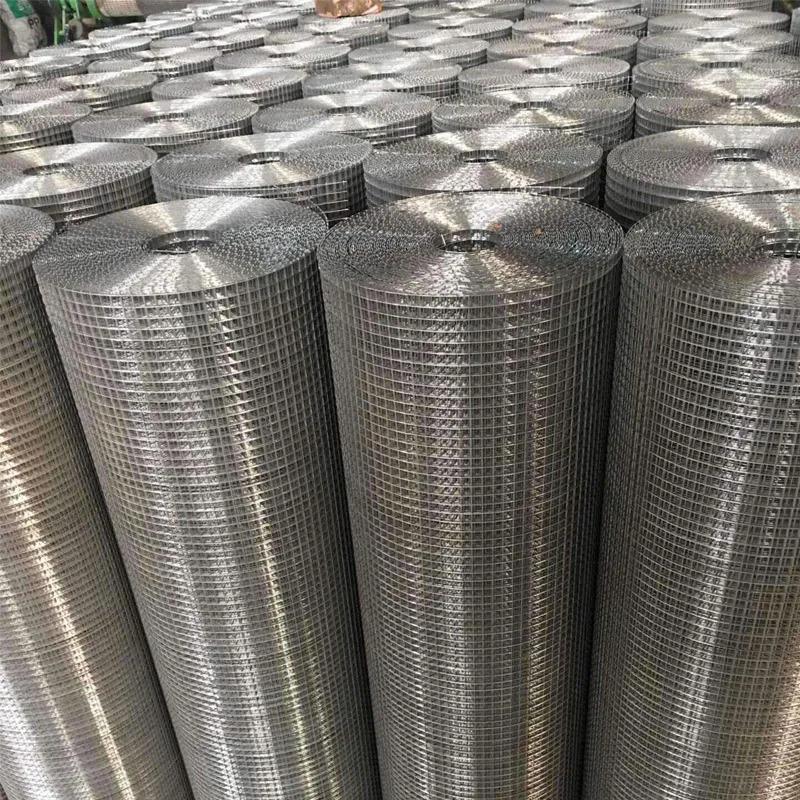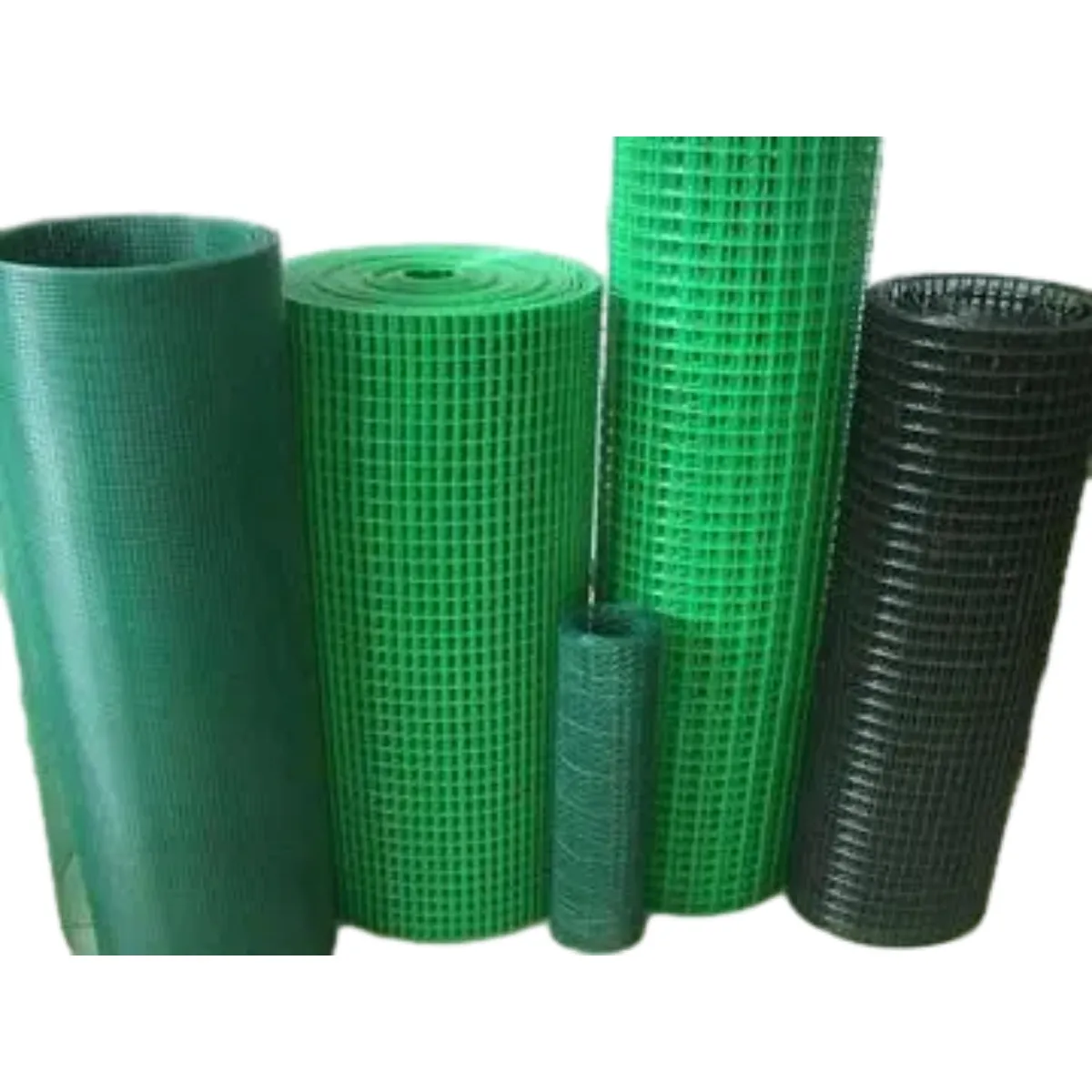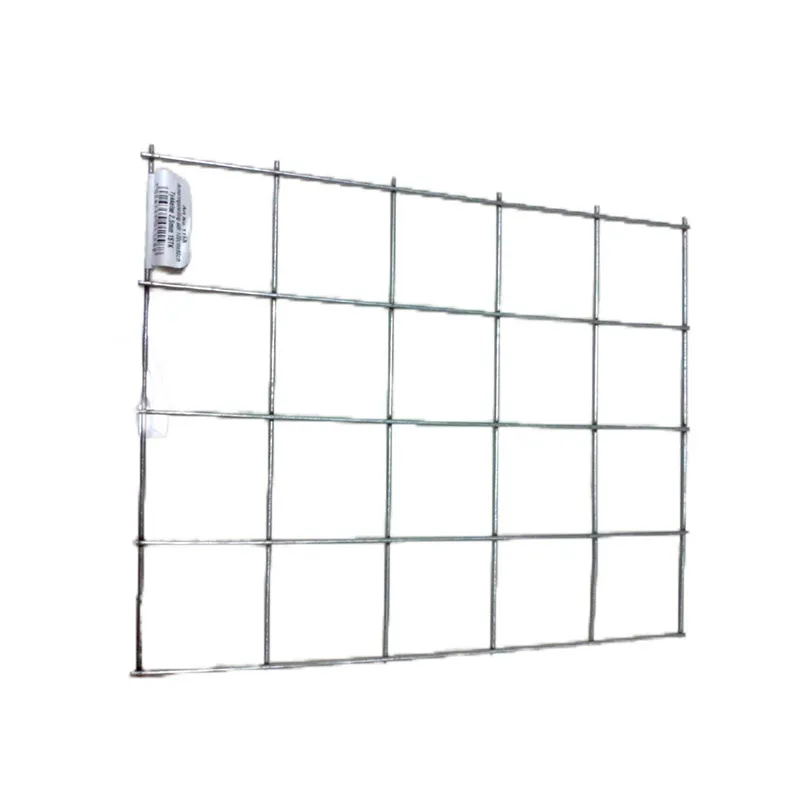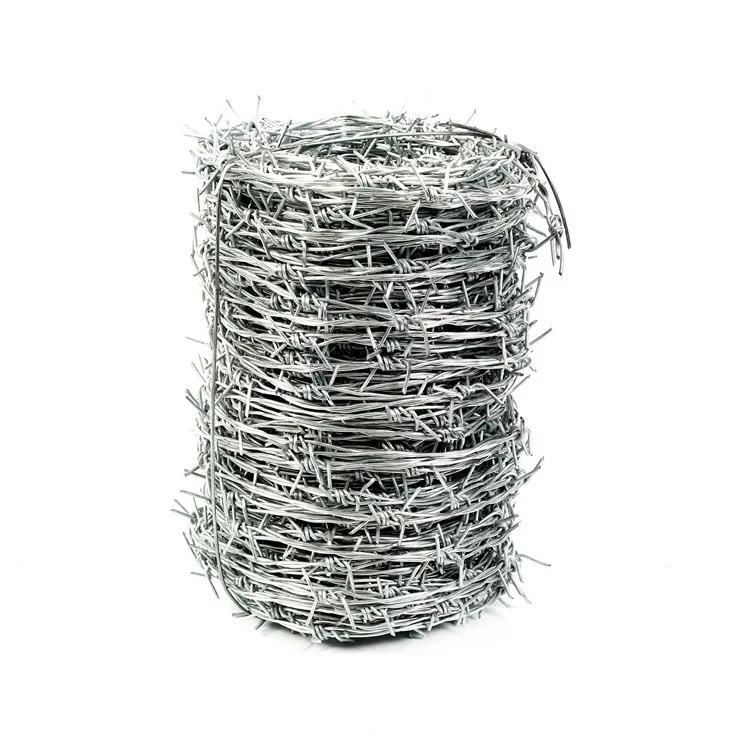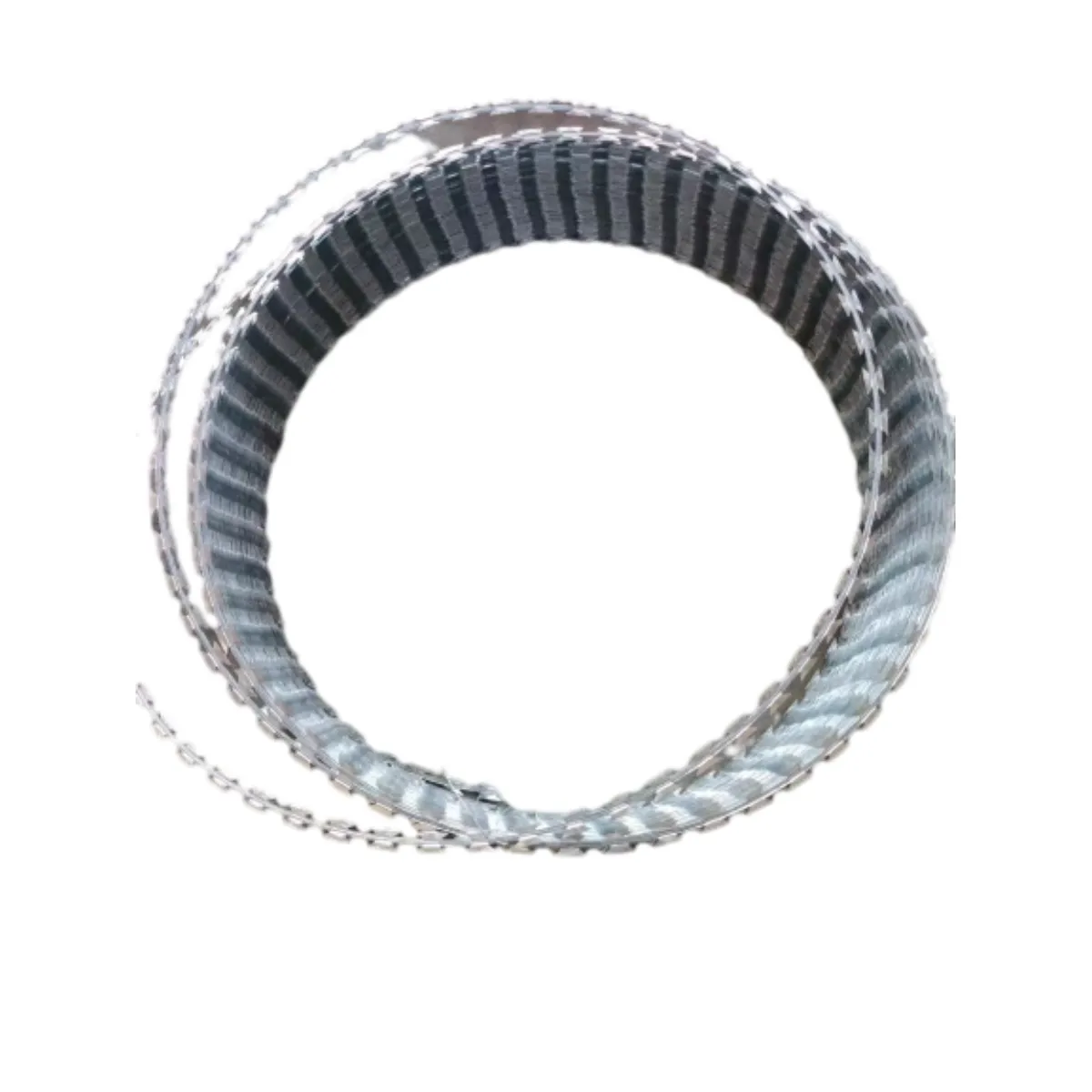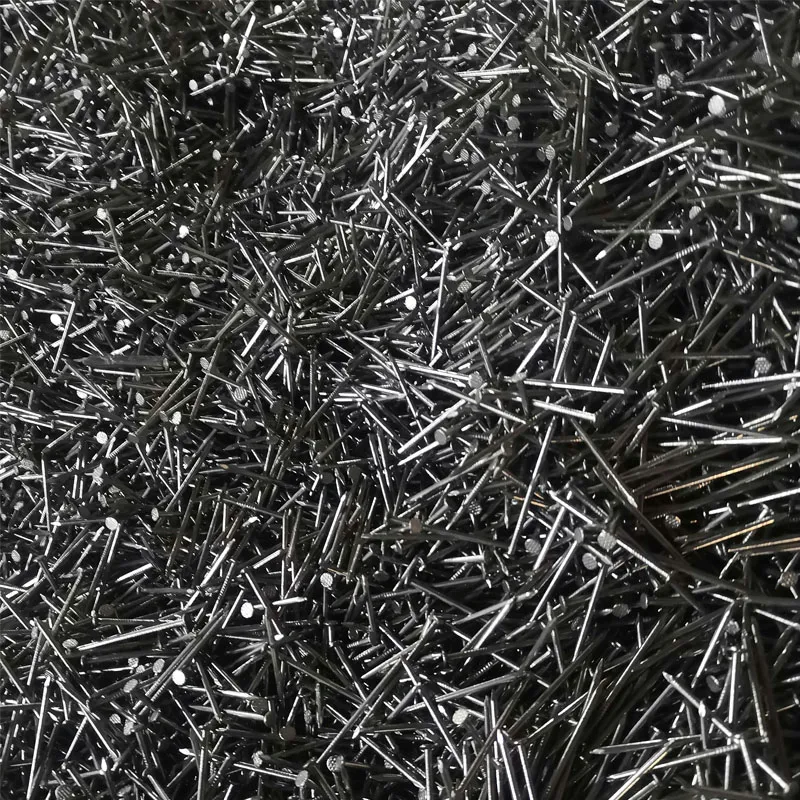Aug . 14, 2024 05:01 Back to list
Exploring the Art and Techniques of Rabbit Netting for Sustainable Practices in Modern Living
The Art of Rabbit Netting A Sustainable Approach to Small Animal Husbandry
As the world increasingly gravitates towards sustainable living and organic farming, methods like rabbit netting are gaining popularity among small-scale farmers and homesteaders. Rabbit netting is not merely a practical solution for raising rabbits; it embodies a holistic approach to animal husbandry that emphasizes welfare, sustainability, and environmental stewardship.
What is Rabbit Netting?
Rabbit netting involves the use of specially designed enclosures or nets to protect rabbits from predators while allowing them to roam freely in a controlled environment. Unlike traditional rabbit cages that confine animals to small spaces, rabbit netting systems promote a more natural lifestyle for these creatures. The netting can be made from various materials, including wire mesh, plastic, or other durable substances that prevent escape and keep potential predators at bay.
Benefits of Rabbit Netting
1. Enhanced Welfare One of the most significant advantages of rabbit netting is the improvement in the rabbits' quality of life. Instead of being cooped up in a cage, rabbits have the opportunity to explore and interact with their environment. This freedom reduces stress, encourages natural behaviors like digging and hopping, and ultimately leads to healthier, happier animals.
2. Predator Protection Rabbits are prey animals, vulnerable to a variety of predators, including foxes, birds of prey, and domestic pets. A well-designed netting system protects rabbits from these threats, allowing them to live outdoors without the constant fear of being hunted.
3. Natural Behavior Promotion The ability to engage in natural behaviors is vital for the psychological and physical health of rabbits. Outside netting provides stimulation and encourages social interactions among rabbits, mirroring their wild counterparts. Additionally, rabbits are known to graze on grass and forage, contributing to their nutritional well-being.
rabbit netting
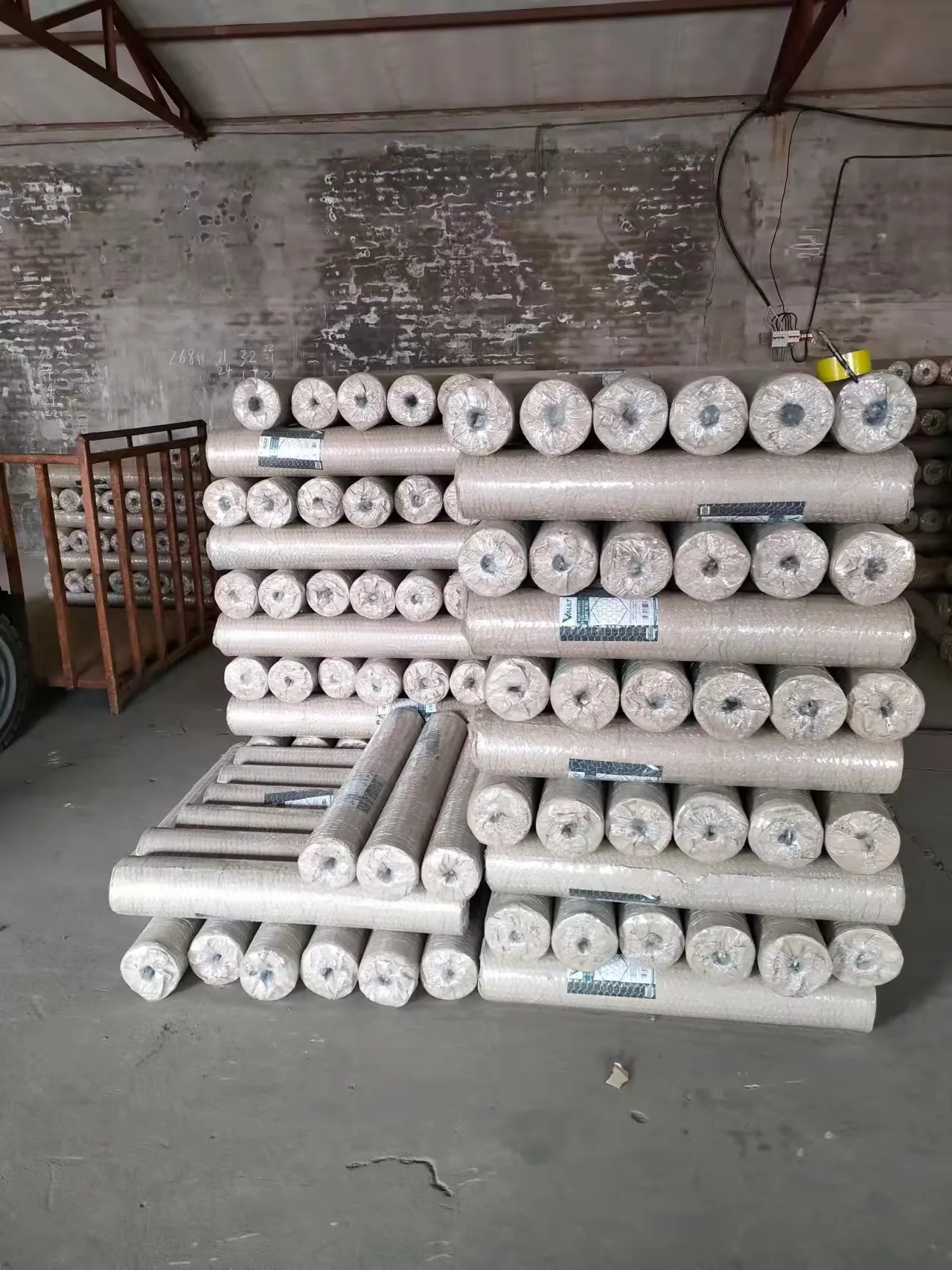
4. Efficient Use of Land For those interested in sustainable farming, rabbit netting provides an efficient use of space. By utilizing movable netting systems, farmers can rotate their rabbits through various pastures. This not only helps maintain healthy grass and soils but also reduces the need for supplemental feeding, as rabbits can graze on available greenery.
5. Environmental Impact Raising rabbits within a netted system can reduce the environmental footprint associated with meat production. Rabbits are efficient converters of feed into protein, requiring less land and water compared to larger livestock. With proper management, rabbit farming can become a sustainable practice that contributes positively to local ecosystems.
Implementation of Rabbit Netting
Setting up a rabbit netting system requires careful planning and consideration. Selecting the right location is crucial; it should have access to shade, shelter, and fresh water while being protected from extreme weather conditions. The netting itself should be at least 4-5 feet high to prevent escapes and secure enough to deter predators.
Farmers must also consider the social structure of their rabbits. It's often beneficial to group rabbits based on age and temperament to minimize fighting. Regular monitoring of health, nutrition, and general well-being is essential to ensure a thriving rabbit population.
Conclusion
Rabbit netting represents a shift towards more humane and sustainable animal husbandry practices. By allowing rabbits the freedom to roam while providing protection from predators, farmers can create a healthier environment for their animals. As people become more conscious of food sources and animal welfare, rabbit netting serves as an innovative solution that merges agricultural productivity with ecological responsibility. Embracing this practice can pave the way for a more sustainable future in small animal farming, illustrating that care for animals and a commitment to the environment can go hand in hand.
-
Weather Resistance Properties of Quality Roofing Nails
NewsAug.01,2025
-
How Galvanised Iron Mesh Resists Corrosion in Harsh Environments
NewsAug.01,2025
-
Creative Landscaping Uses for PVC Coated Wire Mesh Panels
NewsAug.01,2025
-
Common Wire Nail Dimensions and Their Specific Applications
NewsAug.01,2025
-
Choosing the Right Welded Wire Sheets for Agricultural Fencing
NewsAug.01,2025
-
Anti - Climbing Features of Razor Wire Barriers
NewsAug.01,2025

